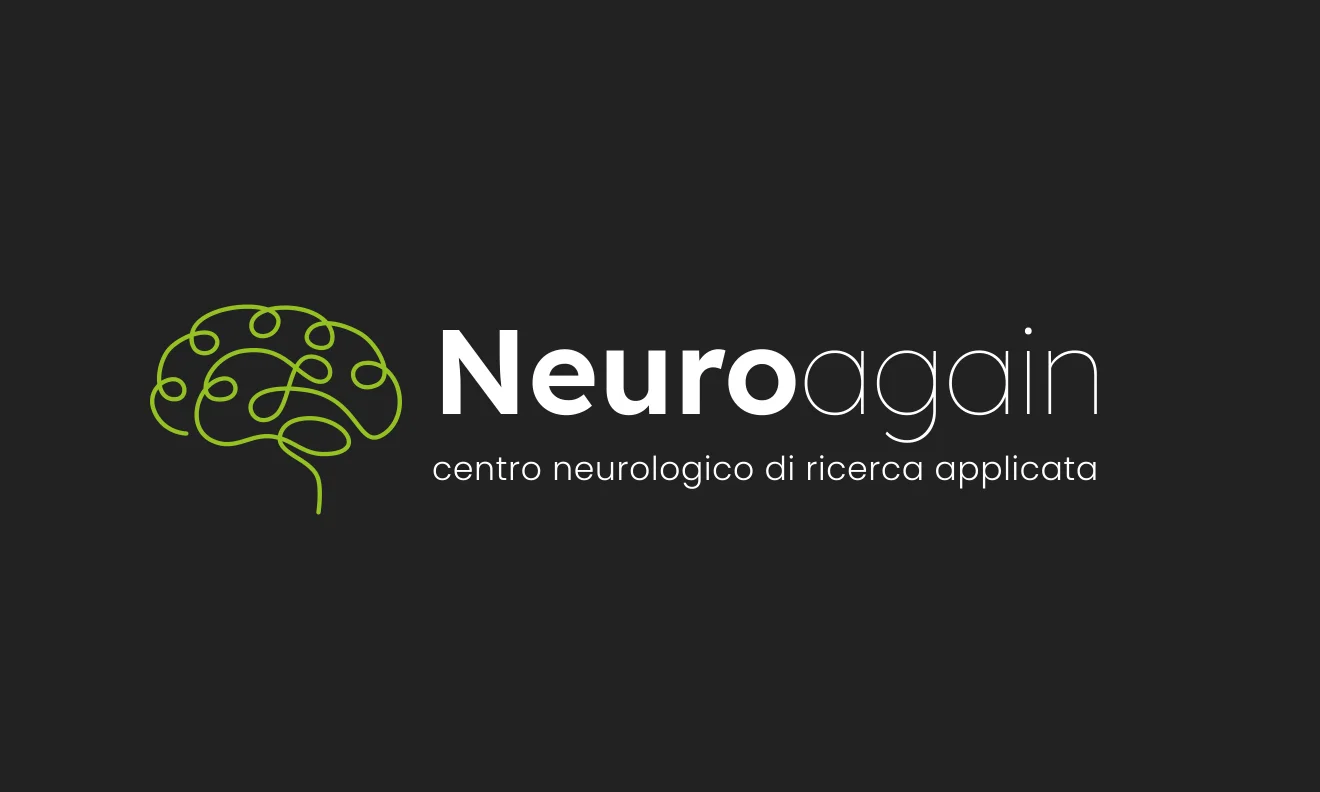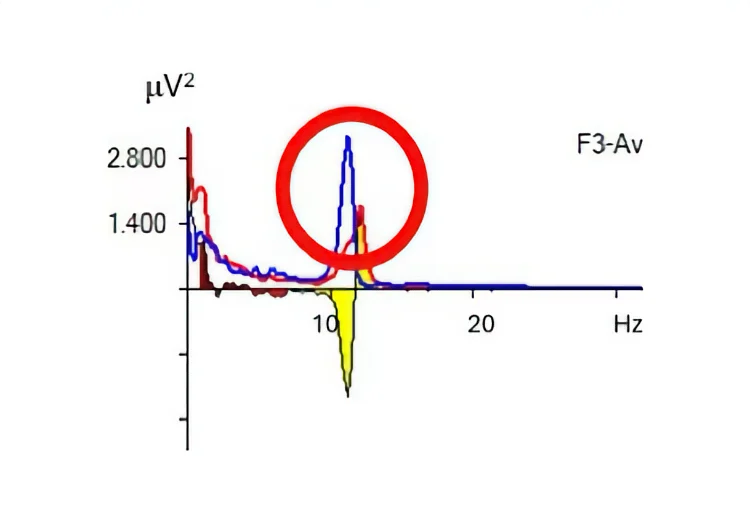Author — Pasquale Arpaia, Anna Della Calce, Lucrezia Di Marino, Luciana Lorenzon, Luigi Maffei, Nicola Moccaldi, Pedro M. Ramos
IndexTerms — EEG, tES, personalization, closed loop
Abstract —This systematic review examines the combined use of electroencephalography (EEG) and transcranial electrical stimulation (tES) in both clinical and healthy populations. The review focuses on EEG’s role in guiding, monitoring, and evaluating tES interventions and assesses the generalizability of EEG responses to different tES protocols. A comprehensive search across Google Scholar, PubMed, Scopus, IEEE Xplore, ScienceDirect, and Web of Science identified 162 relevant studies using the query: “EEG AND (tDCS OR transcranial direct current stimulation OR tACS OR transcranial alternating current stimulation OR tRNS OR transcranial random noise stimulation OR tPCS OR transcranial pulsed current stimulation)”. Quality was assessed using the Quality Assessment Tool for Quantitative Studies (QATQS). Most studies used EEG post tES to assess neuromodulatory effects, with fewer studies using EEG for protocol design or incorporating real-time EEG for adaptive stimulation. Some studies integrated EEG both before and after stimulation, but considerable heterogeneity in tES parameters and EEG metrics limited reproducibility and comparability. Many studies reported non-significant EEG changes despite standardized approaches. Methodological quality was generally low, and the link between EEG changes and clinical outcomes remains unclear. The findings underscore the potential of EEG-informed, personalized tES protocols, though the use of real-time closed-loop systems remains a limited approach in current research.



